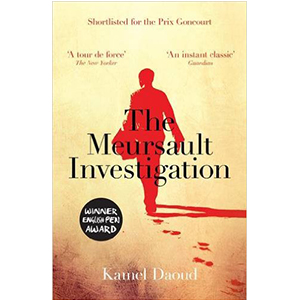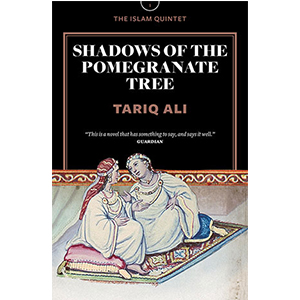A Physician on the Nile: A Description of Egypt and Journal of the Famine Years
Flora, fauna, and famine in thirteenth-century Egypt
A Physician on the Nile begins as a description of everyday life in Egypt at the turn of the seventh/thirteenth century, before becoming a harrowing account of famine and pestilence. Written by the polymath and physician ʿAbd al-Laṭīf al-Baghdādī, and intended for the Abbasid caliph al-Nāṣir, the first part of the book offers detailed descriptions of Egypt’s geography, plants, animals, and local cuisine, including a recipe for a giant picnic pie made with three entire roast lambs and dozens of chickens. ʿAbd al-Laṭīf’s text is also a pioneering work of ancient Egyptology, with detailed observations of Pharaonic monuments, sculptures, and mummies. An early and ardent champion of archaeological conservation, ʿAbd al-Laṭīf condemns the vandalism wrought by tomb-robbers and notes with distaste that Egyptian grocers price their goods with labels written on recycled mummy-wrappings.
The book’s second half relates his horrific eyewitness account of the great famine that afflicted Egypt in the years 597–598/1200–1202. ʿAbd al-Laṭīf was a keen observer of humanity, and he offers vivid first-hand depictions of starvation, cannibalism, and a society in moral free-fall.
A Physician on the Nile contains great diversity in a small compass, distinguished by the acute, humane, and ever-curious mind of its author. It is rare to be able to hear the voice of such a man responding so directly to novelty, beauty, and tragedy.
RM90.00
Out of stock
Description
Flora, fauna, and famine in thirteenth-century Egypt
A Physician on the Nile begins as a description of everyday life in Egypt at the turn of the seventh/thirteenth century, before becoming a harrowing account of famine and pestilence. Written by the polymath and physician ʿAbd al-Laṭīf al-Baghdādī, and intended for the Abbasid caliph al-Nāṣir, the first part of the book offers detailed descriptions of Egypt’s geography, plants, animals, and local cuisine, including a recipe for a giant picnic pie made with three entire roast lambs and dozens of chickens. ʿAbd al-Laṭīf’s text is also a pioneering work of ancient Egyptology, with detailed observations of Pharaonic monuments, sculptures, and mummies. An early and ardent champion of archaeological conservation, ʿAbd al-Laṭīf condemns the vandalism wrought by tomb-robbers and notes with distaste that Egyptian grocers price their goods with labels written on recycled mummy-wrappings.
The book’s second half relates his horrific eyewitness account of the great famine that afflicted Egypt in the years 597–598/1200–1202. ʿAbd al-Laṭīf was a keen observer of humanity, and he offers vivid first-hand depictions of starvation, cannibalism, and a society in moral free-fall.
A Physician on the Nile contains great diversity in a small compass, distinguished by the acute, humane, and ever-curious mind of its author. It is rare to be able to hear the voice of such a man responding so directly to novelty, beauty, and tragedy.
Translated by Tim Mackintosh-Smith
Publisher: New York University Press
2022
Paperback
ISBN: 9781479820078

 The Calcutta Chromosome
The Calcutta Chromosome
 City Unseen: New Visions of an Urban Planet
City Unseen: New Visions of an Urban Planet
 Absolution
Absolution





